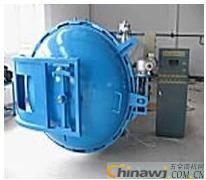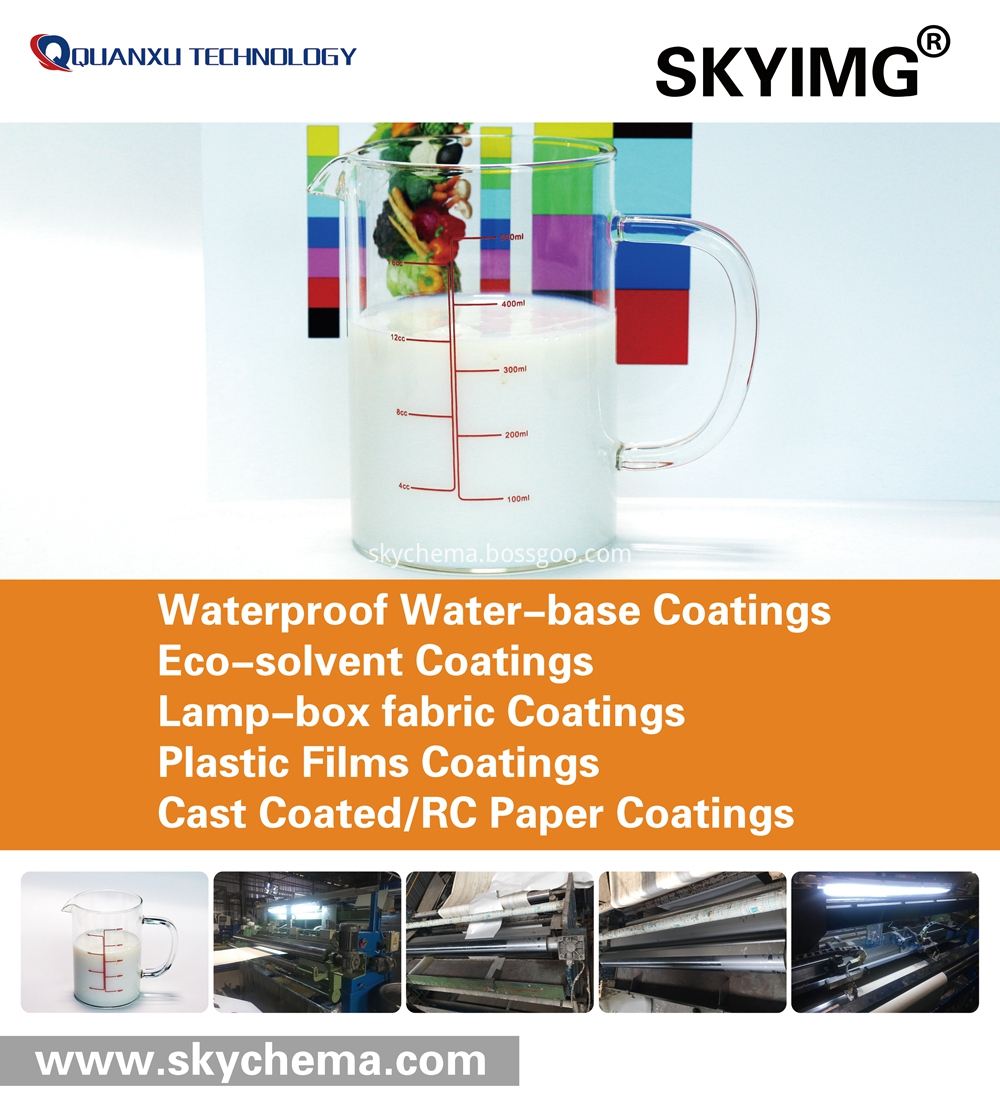I. Introduction to high demulsification technology
1. Emulsified oil is a mixture of oil and emulsifier in water. Emulsifiers are some surface oily substances such as soaps, polymer synthetics and the like. It forms a thin film with a very thin water surface on the surface of fine oil droplets (typically less than 10μm in diameter, mostly 0.1~2μm), forming an electric double layer, indicating that the layer charges have the same polarity, so the oil droplets are mutually exclusive. It is extremely difficult to get close, there will be no collision, and large oil droplets will form. These tiny oil droplets are uniformly and continuously suspended in water, which is an emulsified oil. In the mechanical manufacturing process, the emulsified oil is mixed with metal oxide metal fines together – this is the waste water we have to deal with.
2. The core of the emulsified oil wastewater is to destroy the double electric boundary membrane of the oil droplets, so that the oil droplets are close to each other and aggregate into large oil droplets, which rise to the surface of the water, causing the oil and water to separate, that is, breaking the emulsion. Commonly used methods of demulsification include high-voltage electric field method, pharmaceutical method, centrifugation method, ultrafiltration method, etc. The commonly used methods in the domestic industry are the pharmaceutical method, high-voltage electric field method and ultrafiltration method, and the centrifugal method has not been reported. In the pharmaceutical method, due to the continuous improvement of emulsifier and the wide application of synthetic polymer emulsifier, the simple salting out method and the coacervation method are difficult to break the emulsion. The acidification method greatly reduces the Ph value of water, and must adjust the Ph value by adding alkali before discharge. , running costs are high.
3. The low-pressure electrolysis plus cohesion flotation method is used to realize the comprehensive application of demulsification technology. It has physical demulsification mechanism, chemical demulsification mechanism and electrochemical mechanism, which makes high-efficiency and rapid demulsification reach the practical application level.
4. The company's demulsification technology is described by taking Dalian North Pacific canned emulsified oil as an example. The project was completed by the company and has been in operation for two years. The effect is very good and is highly praised by customers and local environmental monitoring departments.
The wastewater of this project is an aluminum-magnesium alloy, which is an emulsified oil wastewater during the calendering and stretching process. It has high oil content (about 2g/L), high CODcr (about 2000mg/L), and contains a large amount of aluminum-magnesium oxide, aluminum-magnesium powder, etc., SS up to 1000 mg/L.
5. The company uses a flocculant, polyaluminium chloride (PAC), in the wastewater, and its molecular formula is [Al3(OH)nCl6-n]m (n is an integer of 1-5, m is greater than An integer of 10). The PAC does not exist in the pure Al3+ ion state in water, but exists in the aluminum-aluminum complex ion state, that is, in the Al(H2O)63+ state. Al(H2O)63+ is hydrolyzed with increasing pH, and first becomes a polynuclear hydroxy compound, that is, a polymer polycondensation reaction occurs to form [Al3(OH)4(H2O)10]6+. The resulting polynuclear polymer is hydrolyzed, and hydrolysis, polymerization, and interlacing complex reactions occur. Al(H2O)63+ and [Al3(OH)4(H2O)10]6+ both compress the bipotential layer of the oil droplets, causing coagulation such as adsorption bridging to form flocs, and the oil droplets become smaller and larger, eventually Is separated.
Company hot products: steamer _ steaming machine _ steaming box _ steaming pot _ steaming machine

Inkjet Receptive Coating enhances the printing capabilities of your materials. It has excellent print ability with both pigment and dye based Inkjet Inks. Our coatings are 100% water based, 100% Eco solvent, non-hazardous and non-flammable. Ink Receptive Coatings enhance the properties of base papers like cast coated paper/RC Photo Paper, plastic films like PET/PP, fabric, and canvas like cotton / polyester to provide a high quality print surface with a matte, satin or glossy finish. This product has strong absorbed property, good adhesion, excellent waterproof, and has fluorescent and certain cover effect. It shows colorful vividness, truly color rendition, rapidly drying. It can do the different glossy or matte performance according to customer request. Quanxu Technology also developed base coating Compare with traditional calcium carbonate base coat, our base coat has more environmental, outstanding base coating effect, excellent waterproof performance, perfect colorful vividness, strong ink absorption and adhesion ability. It could use air-knife machine, scraper knife machine, Needle Coating Machine to coat our materials. We, Quanxu Technology is the first professional photographic Imaging chemicals and technical solution service provider in China Market. Quanxu Technology has pioneered the development of the company by listening to the customers` needs.

Inkjet Receptive Coating
Inkjet Receptive Coating,Wide Format Printer,Inkjet Paper,Inkjet Coating Spray
Guangzhou Quanxu Technology Co Ltd , http://www.skychema.com